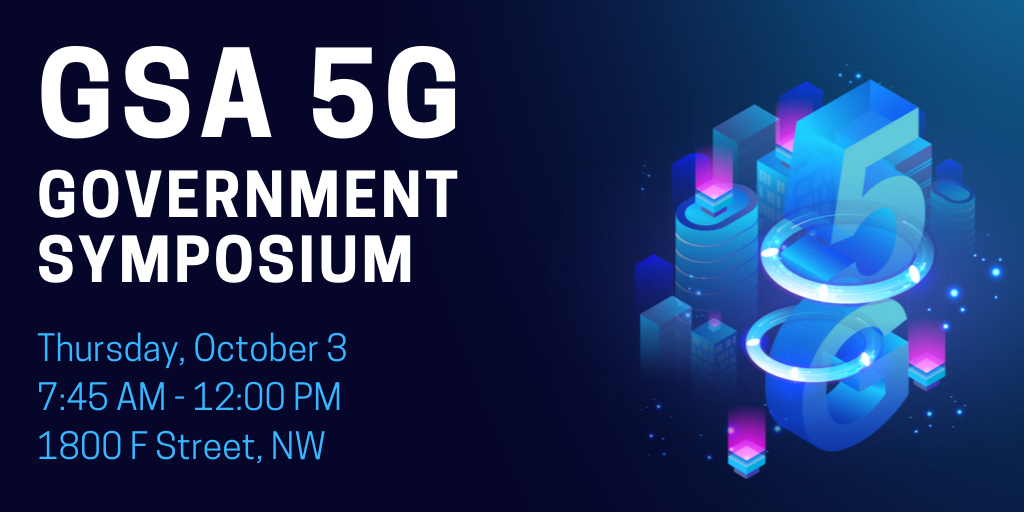As IT professionals, we know what it means for an organization to be data-driven. The infrastructure on which that data moves is critical to the government’s mission success and the Enterprise Infrastructure Solutions (EIS) contract will serve as the foundation for public-sector technological transformation.
Modern Telecom: Far From Phones
Telecommunications services enable practically all information technology (IT) in every government agency. The establishment, maintenance, and modernization of communications networks are key components of our government’s ability to meet its mission.
We support agencies’ global missions with a complete spectrum of IT and telecommunications services, infrastructure and equipment.
We offer:
- access services
- accessible telecommunications
- managed network services
- network applications
- satellite services and applications
- telecommunications services
- wireless and mobile networking
We bring together our technical and acquisition experts, leading industry partners, and agency specialists to offer these services efficiently, effectively, and at a lower cost to taxpayers.
The Future is Flexible
IT modernization is a national priority with bipartisan support from Congress, the White House, and the Office of Management and Budget (OMB). Each federal agency is at a different point in the network modernization process and can deploy new technology at different rates.
New IT modernization guidance and legislation, combined with market changes and citizen expectations, are driving the demand for transformative technological change at unprecedented levels.
EIS: Made for Modernization
EIS is a catalyst for IT modernization. To expand bandwidth, EIS will help agencies move away from time-division multiplexing technology to more modern services. It will replace legacy voice services with Voice over Internet Protocol or unified communications. Rather than having each agency design and operate multiple parts of a network, EIS will use cost-saving managed services, such as cloud migration.
EIS will also embed security components directly in network services purchases, thus helping agencies proactively defend their systems. EIS is the only federal contract to include both Department of Homeland Security cybersecurity requirements as well as OMB policy directives.
Simplicity Brings Savings
Under EIS, agencies can structure their acquisitions from a single source, dramatically simplifying the process. This EIS feature promotes cost savings through aggregated federal buying, which can deliver a monthly savings of 16-21%.
To open opportunities for small businesses and foster competition, EIS relaxed its geographical coverage requirement and reduced the number of mandatory services.
As a Best-in-Class solution, EIS will ensure customers receive pre-vetted and secure solutions to protect their systems, data, and people.
The Big Picture
As agencies transition to EIS, they get a major opportunity to address legacy systems and meet their network-related IT Modernization requirements using a more holistic, strategic approach. Migrating to cloud infrastructure, enhanced mobility, automation, satellite communications, and cybersecurity are common topics among agency officials and policymakers.
But for an agency to truly modernize, the practice of simply replacing legacy equipment and adhering to traditional, fixed-price contracting models—the so-called, “Like for Like” approach—will not be enough. We now plan and pay for technology according to the services we consume, not just the products we acquire.
EIS was designed to allow agencies to use this consumption-based pricing model, so they can access new and emerging technologies as their needs evolve and opportunities arise.
Collaboration is Key
EIS represents a landmark collaboration among GSA, federal agencies, and industry innovators on a simple, flexible solution. Just recently, we hosted over 120 customers at our second annual EIS conference. The event allowed IT leaders, telecommunications providers, contracting officers, project managers, and finance specialists to meet and learn how the EIS transition will support their IT modernization goals.
Roadmap
In December 2018, we announced we were extending the current legacy telecommunications contracts to 2023. Agencies have less than four more years to transition to EIS.
The EIS Transition Roadmap shows important milestones, namely:
- September 30, 2019: Deadline for awarding EIS task orders.
- March 31, 2020: Use of the extended contracts will be limited for agencies who have not made task order awards.
- March 31, 2022: 90% of agencies’ telecom inventory must be off expiring contracts
- May 31, 2023: Current contracts expire.
Have questions about how to accelerate your progress in meeting these milestones? Connect with our customer support team at gsa.gov/nspsupport.
Please follow us on Twitter @GSA_ITC and LinkedIn to join our ongoing conversations about government IT.

